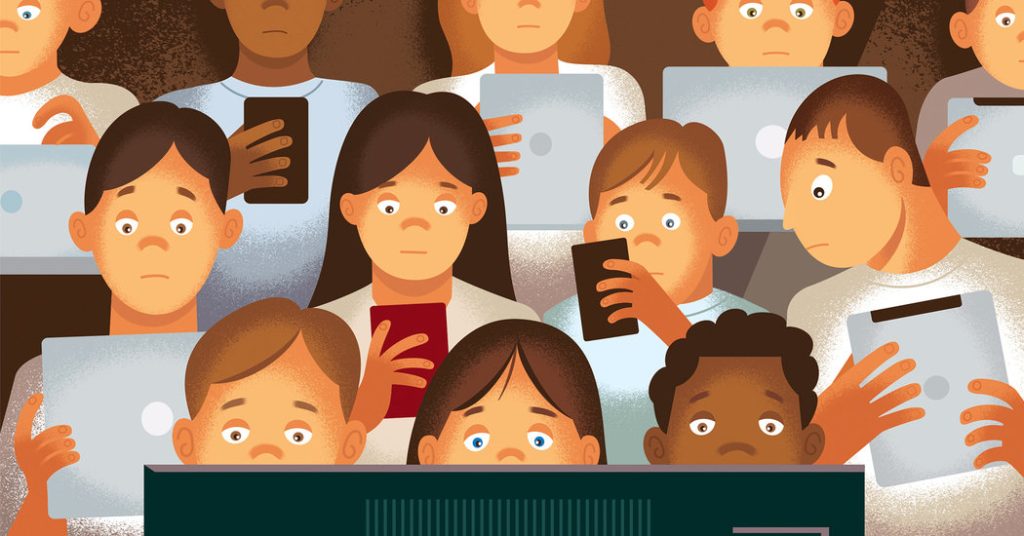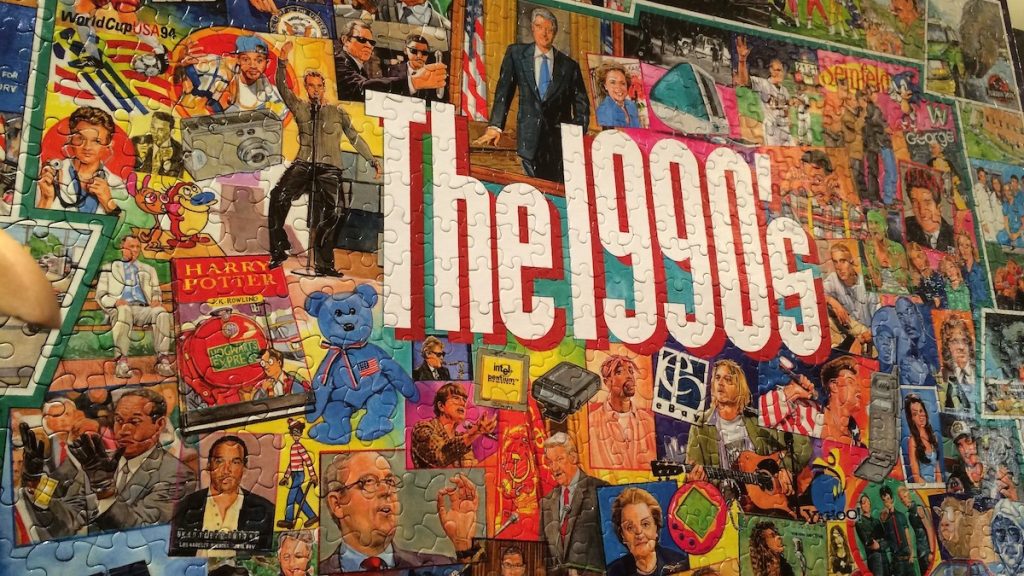The advent of the Internet and social media has greatly facilitated the global search for fame and celebrity. Leveraging advanced telecommunications technology and Internet-created capitalism, the self-made, pseudo-celebrity or internet celebrity has become a cultural phenomenon that captivates especially younger generations struggling to be “loved” or “shared” in a “connected” society
They are witnesses and victims of the “bandwagon effect,” which “exists when a person’s need for a good increases as a result of his observation of other consumers using that good.”
Perhaps our fascination with fame and recognition is the result of the rapid development of modern society, based on the principles of consumerism and loneliness. It is the engineering of the mind, the psychological mechanism that makes us crave human connections, creating ourselves “out there” in the virtual world.
Exploring the Rise of Reality TV and the Social Construction of Modern Celebrity
Illustrated in Sander and Putnam’s work, a series of studies have found that Americans are lonelier, more isolated, and more insecure than they were in the 1960s, showing a decline in friends and family gatherings, a eroded sense of community, and a lack of face-to-face social contact. While hundreds of millions of Americans, or even billions of people worldwide, experience loneliness, collections of lonely minds have developed a distraction, an escape, with the hope of reviving their withered souls and reconnecting with one another.
Created in defiance of the Hollywood norm, reality TV reality shows have taken off all over the world. It began in Amsterdam in 1991, when seven strangers were forced to live together for several months in a show called “Number 28”. Their activities were unscripted and “almost” self-directed, including a confession at the end of each episode.
By reviewing the literature collection on conceptualization of celebrity and related topics, this study aimed to theoretically examine the phenomenon and the underlying socio-cultural influence of this new type of celebrity through social construction, mainly based on Max Weber’s fragmented theory of the modern state on the modern celebrity in the era of modern social media. This article introduces the concept of celebrity, defines and explores the status of celebrities, explores celebrity culture, and examines the capital of stars. Then, the phenomenon of online celebrity is illustrated through a theoretical lens. Furthermore, the ultimate goal of future research is to explore a theoretical framework for studying the influence of Internet celebrities on younger generations in our consumer society.
Celebrity
The term “celebrity” is used everywhere. Its presence has a social, economic and cultural impact in our society, but the term is not well understood. Since 1961, the term was introduced in Boorstin’s “Image: A Guide to Pseudo-Events in America”, where a celebrity, namely “a human pseudo-event”, was an individual, among mediocrity, famous for his celebrity, reinforced by the media. However, Boorstin’s definition and justification seemed blurred by the diversity of the celebrity class.
Epstein elaborated on the diversity of celebrity and differentiated famous individuals based on their origins (such as hero, idol, superstar). Gabler, a cultural historian and renowned film critic, redefined celebrities as people who “live in narratives that engage our interest and interest in media narratives that have entertainment value.” Often, the celebrity’s “well-known” status became a marketing device.
Rohek argues that celebrity has an impact on “public consciousness” because celebrities attract the public’s attention and royalty while maintaining their social distance:
“Celebrities are seen as one of the means by which capitalism achieves its goals of conquering and exploiting the masses. They express an ideology of heroic individualism, upward mobility, and choice in a social environment dominated by standardization, monotony, and routine.”
To maintain celebrity status, you must continually attract the attention of your audience and witness people becoming Marshall celebrities.
Stars, who are often perceived as public figures in the media, are to some extent perceived as role models by the audience, and this influence can influence the behavioral aspects of their audience. This begins when viewers develop a connection, bond, or connection with the image that represents the star.
In fact, celebrity endorsements are possible because they are often perceived as highly attractive and trustworthy, and are therefore likely to change customer attitudes and considerations when purchasing products or services. In this regard, the celebrity’s credibility has been transferred to a particular product or service. However, Couldry and Markham found that celebrities can be useful as public relations that attract the attention of people across the country, but this is not necessarily the case when it comes to the political arena.
Celebrity Culture
Celebrity status is considered so powerful that celebrities can count on their success, and this has repeatedly attracted the attention of scholars to study its cultural and social significance. While some scholars refer to the “celebration” of becoming a celebrity, others prefer the term “celebration.” Although the two terms are used interchangeably, they differ in important ways. Celebration is understood to mean that being a celebrity is a product of one’s labor, and is produced in the celebrity industry. In contrast, celebration is best understood as a “long-term structural development” at the level of social analysis, where the boundaries of time and space are unclear.
Technopsychological aspect of the Internet
A stream of literature focuses on the technopsychological aspects of media in the direction of changing audience behavior. Simsek suggested that the psychological effect of media can be described in the prophecy of self-realization. That is, audience behavior determines the use and usefulness of social media, and audience behavior in social media, in turn, reinforces authentic audience behavior such as altruism, hedonism, connectedness, homophily, multiple identities, memetics, narcissism, tribalism, avoidance, escape, blocking, fear (flight), patronage.
Discussion and conclusion
Celebrity culture appears to be deeply rooted in the younger generation, as research has shown that many American teenagers prioritize “fame” in life over the development of intellectual capital and financial security. The convertibility of celebrity capital into other forms of capital (such as resources and power), viewed as a form of capital, is plausible.
The emotional attachment of celebrities to stars and their audiences to media develops despite the fact that the interactions that occur in real life are completely one-sided. When emotional attachment comes with trust, some people – young people – are even more willing to share their very intimate personal information online compared to what they do in a physical environment.
As for the phenomenon itself, Internet celebrities, consumed and reproduced by society and fueled by modern information and communication technologies, continue to captivate the consciousness of people, because they have been materialized by a society that organizes a series of economic, social and cultural executions that are self-governing in nature.
This execution is so successful that some viewers overdose on it. The problem is that young people are the most vulnerable audience. Seen as role models, Internet celebrities dictate their behavior and domesticate their audience. Driven by celebrity success, viewers are lured into the celebrity field with the hope of becoming “one.”
Also Read: Streaming: The Emergence of a New Industry



